6th Airborne Division:
How effective was its contribution to the success of the D-Day landings in Normandy 1944?
Malcolm A. Clough
D-Day Tours of Normandy
A dissertation, posted in seven parts (plus appendices)
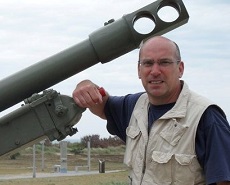
Part 1: Introduction
Part 2: The Development of British Airborne Forces
Part 3: The Arms and Equipment of British Airborne Forces
Part 4: The Importance of Fire Support provided to 6th Airborne
Part 5: Planning and preparation for D-Day
Part 6: The Actions and Outcomes of 6th Airborne’s Operations
Part 7: Conclusions
.
.
Part 4: The Importance of Fire Support Provided to 6th Airborne
6th Airborne Division:
How effective was its contribution to the success of the D-Day landings in Normandy 1944?
Malcolm A. Clough
Artillery fire-power was always a problem for airborne forces. Both the British and American Airborne Divisions relied upon the U.S. 75mm pack howitzer to provide a modicum of artillery support. Designed as a mountain weapon suitable for mule transport it could easily be carried in a glider. Although accurate to a range of 9,500yds (Gregory & Batchelor, 1979:21) the 75mm shell was considered too small to be ‘really lethal.’ Ammunition supply for airborne artillery was also a problem, ‘supplies of ammunition were outstripped by expenditure.’ (Bailey, 1989:78) The Light Artillery Regiment within 6th Airborne certainly had a role to play in the Normandy landings but, if the division was to survive, let alone carry out its planned objectives, it would require far more significant and heavier artillery support.
Lt Colonel Jack Norris commanded the 6th Airborne Royal Artillery Regiment. Crookenden (1976:52) describes him as ‘A professional Gunner with a clear understanding of the innate weaknesses in fire power of Airborne (sic) troops.’ Norris worked closely with the Royal Navy and the artillery of British 1st Corps who would be landing on ‘Sword’ beach. He developed the communications teams which would arrive with 6th Airborne and would at once be able to call for fire support from the ships of the Royal Navy and the heavy guns of 1st Corps as soon as they were ashore. ‘The 21st and 12th armoured divisions were certainly a threat to 6th Airborne Division, but General Gale was confident he could deal with them given the air superiority…and the gun support to be provided by ships of the Royal Navy and the artillery of 1st Corps’ (ibid:164).
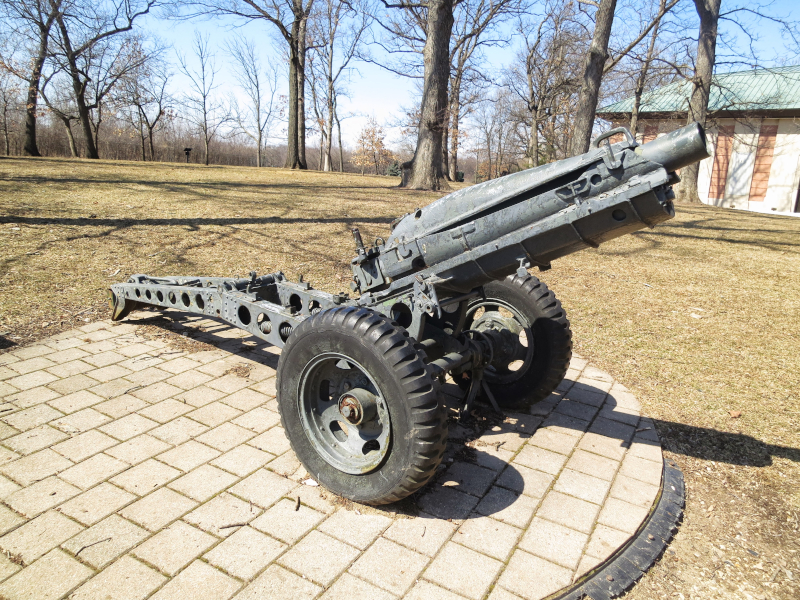
Fast-moving airborne divisions relied on light and portable artillery like the US 75mm Pack Howitzer
In all 6 Royal Navy ships were available to provide support to 6th Airborne. The cruisers HMS Arethusa and Mauritius, and two destroyers had been detailed to provide the chief naval support (Crookenden, 1976:201.) The battleships Warspite and Ramillies would also be able to bring their 15” guns to bear when available. (Gregory & Batchelor, 1979:45) Norris intended naval gunnery observers (Forward Observers Bombardment) to land with the first parachutists to control the ships’ fire by direct radio contact. ‘The sort of German response that they and the division feared most was an armoured counter attack and, as the men dug themselves in, the forward observer registered the guns of HMS Mauritius on some likely ground over which such an attack could take place’ (Clarke,2004:157).
The effect of so much fire support was crucial in preventing the Germans from breaking through the lightly armed airborne division and reaching the invasion beaches. During the afternoon of 6th June 125th Panzer Grenadier Regiment under the command of Major Hans Von Luck advanced upon Ranville and Escoville in an attempt to break through to the bridges at Benouville. ‘Then all hell broke loose. The heaviest naval guns, artillery and fighter-bombers plastered us without pause. Radio contacts were lost, wounded came back’ (Von Luck, 1989:179)
In contrast to the successful fire support given in beating off German counter attacks, when fire support was not available 6th Airborne was extremely vulnerable to the German armoured counter attacks. On 7th June the Ox and Bucks attacked Escoville in an attempt to expand the bridgehead. The battalion ran into trouble when it was confronted by tanks and self propelled guns. ‘The battalion-which did not have any fire support-withdrew. Casualties were heavy and Major Howard’s company…lost half its strength in the attack’ (Clarke, 2002:71) Howard himself describes how his company was cut off unable to communicate and without fire support. ‘Lacking communication and without fire support my men were as helpless as any forward infantry company would have been almost thirty years before in the First World War’ (Howard & Bates, 2006:143).
With the fire support provided by the Royal Navy and 1st Corps artillery 6th Airborne was able to survive and indeed edge forward but as Max Hastings points out German resistance was stubborn. ‘The Germans held their ground east of the Orne despite the overwhelming superiority of the Allies in fire support’ (Hastings, 1984:131) General Gale was forced to accept that he could not capture Escoville in the first week of the campaign. Yet 6th Airborne’s role was firstly a defensive one to prevent a German breakthrough to the beaches from the eastern flank. In this task they succeeded.
HMS Mauritius, a Crown Colony-class light cruiser was among the ships providing naval support to the 6th Airborne
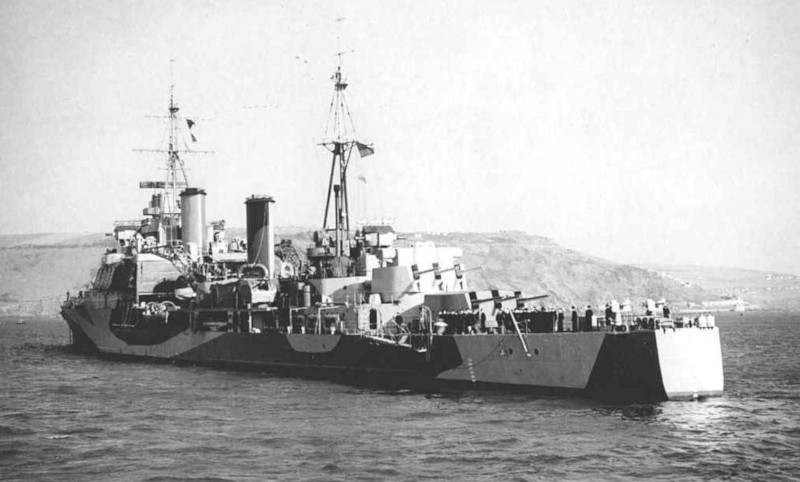
Naval fire support prevented German armoured divisions from breaking through the lightly armed 6th Airborne Division and reaching the invasion beaches.
For 6th Airborne, close support from the Royal Air Force was not particularly successful. Certainly the RAF’s bombers and fighter bombers played a crucial role in interdicting the arrival of German reinforcements moving up to the bridgehead making pre planned attacks against bridges and lines of communication. This however had small effect upon those German forces already in position in the landing area. Little consideration had been given to the provision of close air support particularly during the crucial first days of the landings before 6th Airborne was able to rely on artillery support from 1st Corps to supplement the guns of the Royal Navy. ‘It had been fortunate that the airborne troops had been able to link up with the beachhead (sic) forces on 8th June, since both fighter-bomber support and aerial reconnaissance had been insufficient to assist the lightly-armed and isolated airborne units’ (Goodman, 1999:94)
The reason for the lack of close support was not because the aircraft were lacking but primarily a lack of ground to air communication. Pilots could not be expected to distinguish between friend and foe on the ground during a battle taking place beyond the enemy front line for fear of hitting their own side. They were reliant upon the airborne troops indicating their own and the enemy’s position by a pre arranged signal or radio communication. According to Goodman (Ibid), Royal Air Force Forward Observer’s did land with the airborne troops but were heavily affected by scattered drops and lost or broken equipment.
It is remarkable, that although Lt.Colonel Norris established excellent communications and co-operation between the airborne forces, artillery and the Royal Navy, the British Airborne Divisions failed to develop ground to air co-operation with the allied air forces. Goodman (1999:96) suggests that ‘The most likely explanation for this is that the airborne divisions remained isolated from the mainstream of military experience…as late as September 1944 First Allied Airborne Army had no Air Support Signals Unit or training in air/ground co-operation.’ These deficiencies were clearly ignored and British 1st Airborne would pay a terrible price for it at Arnhem.
Watch this space for further chapters!
I intend to publish my entire dissertation on the 6th Airborne Division over the coming weeks and months. If you find it interesting, please feel free to link to it. If any readers have any views or additional information, I would be very interested in receiving them so the comment section is open. I look forward to hearing from you.
The next chapter on Planning and Preparation for D-Day will be published on February 22nd 2020.
Malcolm Cough
D Day Tours of Normandy


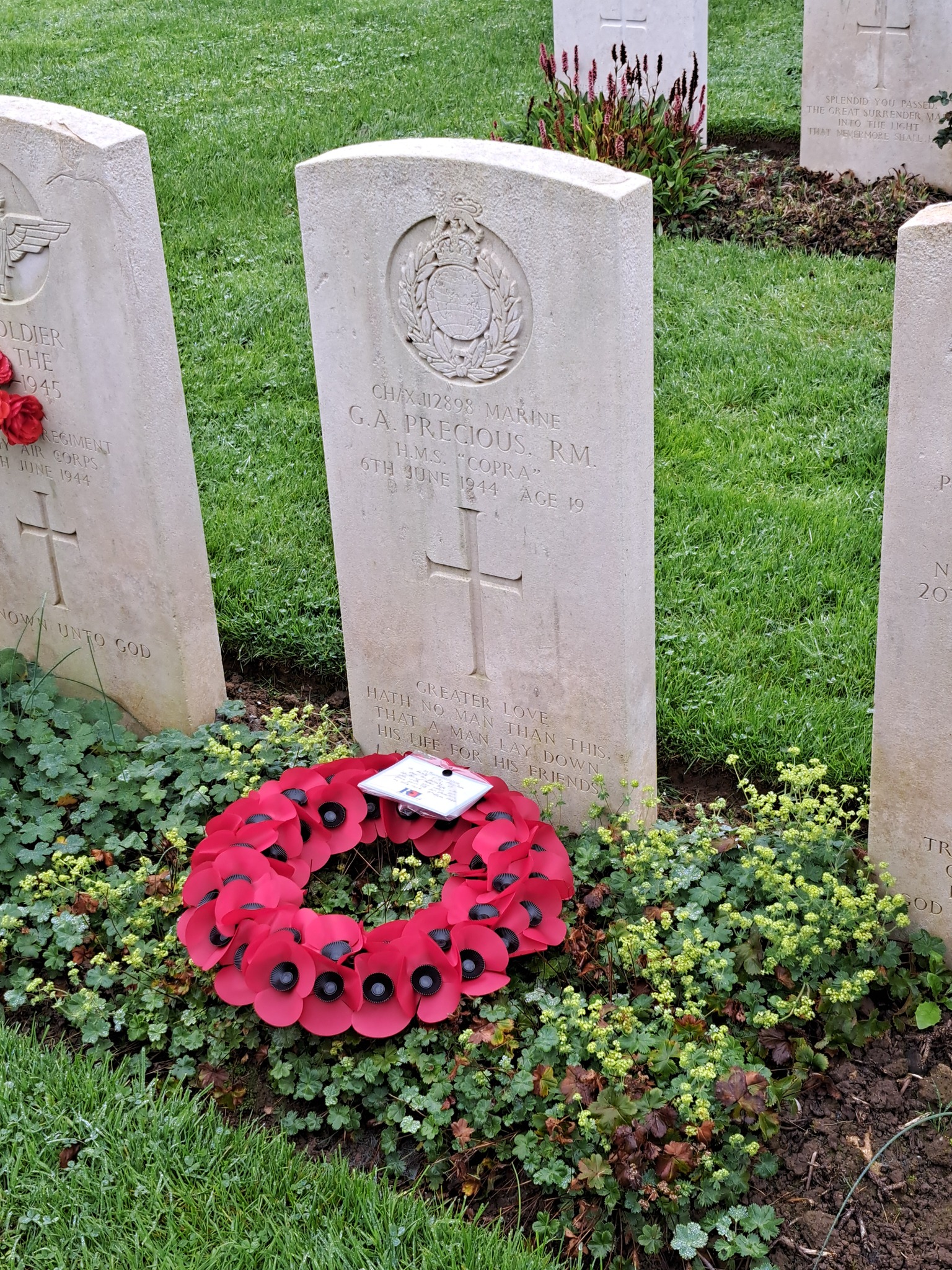
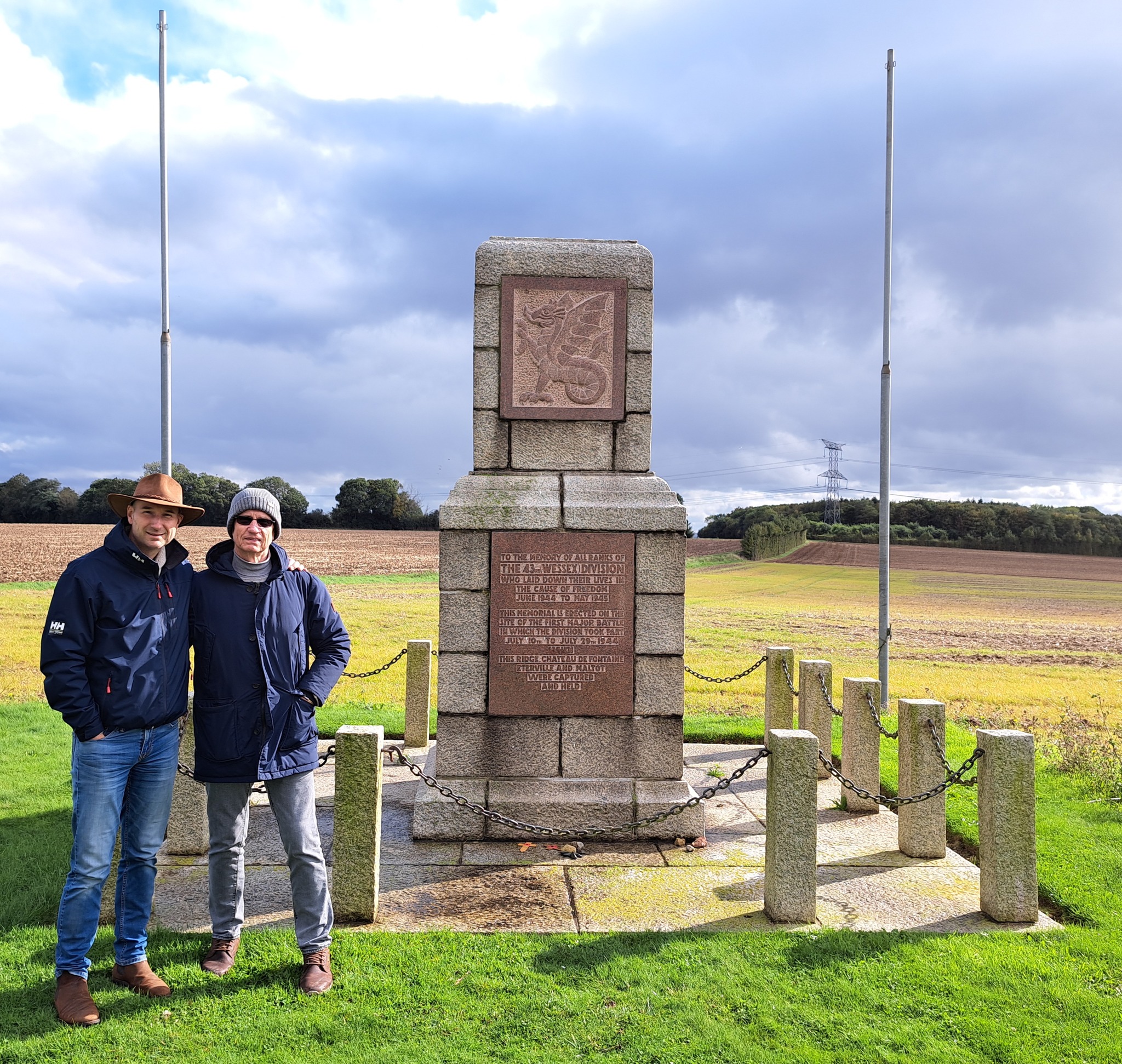
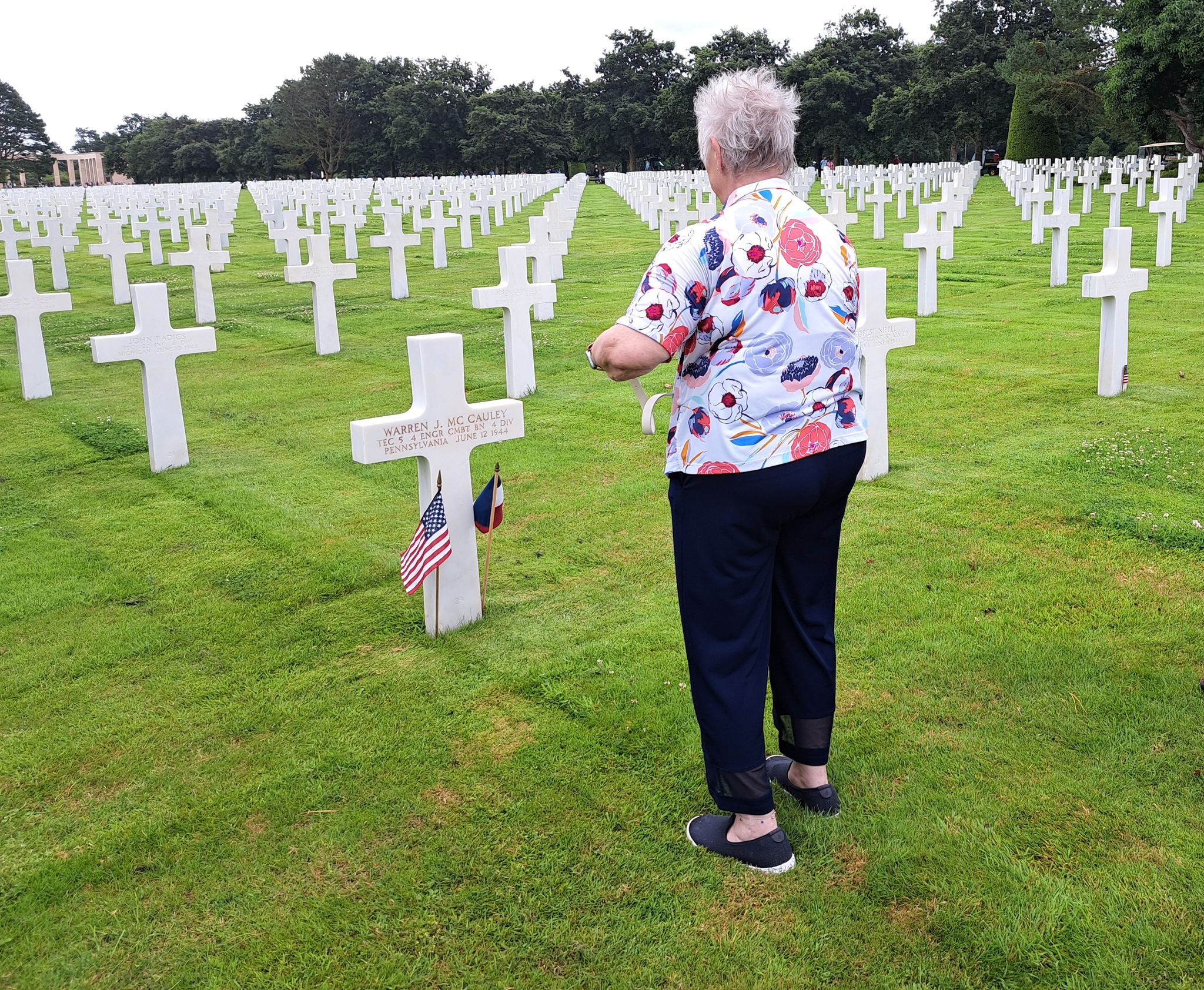
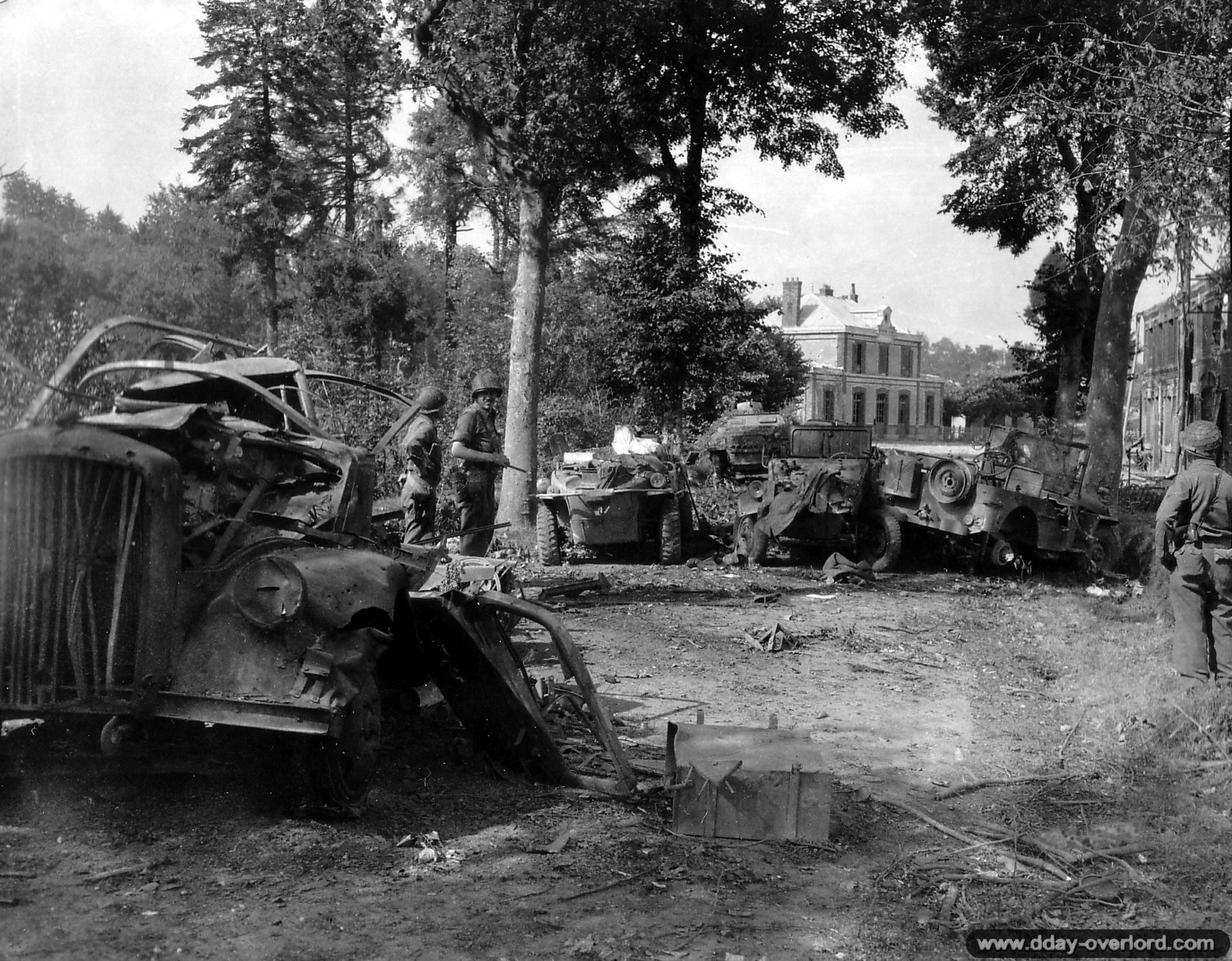
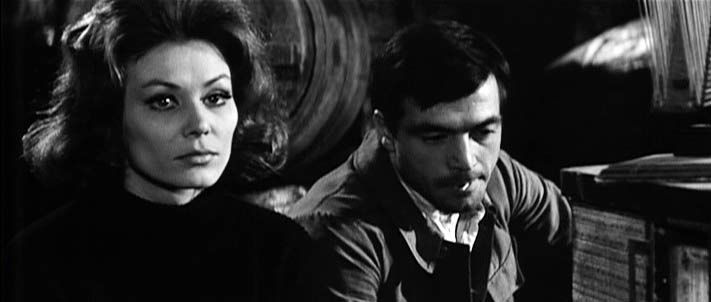
Leave A Comment